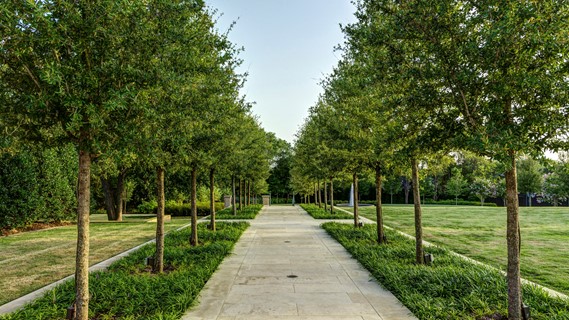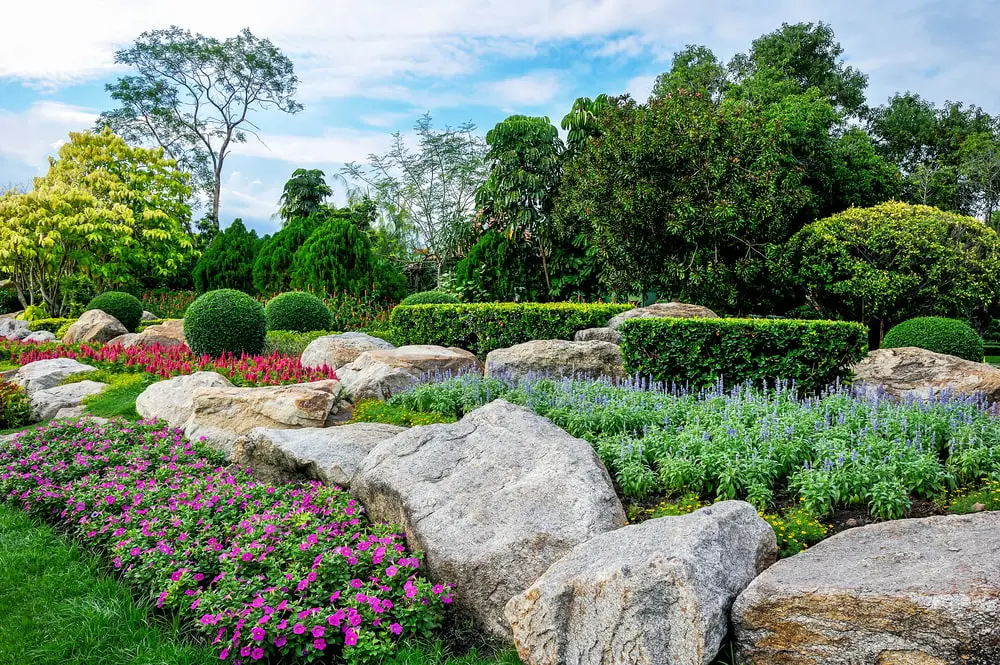4 Easy Facts About Hilton Head Landscapes Shown
4 Easy Facts About Hilton Head Landscapes Shown
Blog Article
The Ultimate Guide To Hilton Head Landscapes
Table of ContentsLittle Known Facts About Hilton Head Landscapes.Fascination About Hilton Head LandscapesUnknown Facts About Hilton Head LandscapesHilton Head Landscapes Fundamentals ExplainedUnknown Facts About Hilton Head LandscapesHilton Head Landscapes for Beginners5 Easy Facts About Hilton Head Landscapes Explained
Line develops all kinds and patterns and can be utilized in a variety of methods the landscape. Line in the landscape is created by the edge in between 2 products, the outline or silhouette of a kind, or a lengthy linear function. Lines are an effective device for the designer since they can be made use of to develop an infinite range of forms and forms, and they manage movement of the eye and the body.

Lines in the landscape. The residential properties of lines establish exactly how people react to the landscape, both psychologically and literally.
Top Guidelines Of Hilton Head Landscapes
Straight lines are most commonly discovered in hardscape edges and material. Rounded lines create an informal, natural, kicked back character that is associated much more with nature and unbalanced equilibrium. Rounded lines relocate the eye at a slower speed and add enigma to the room by creating surprise sights. Vertical lines move the eye up, making a space feel bigger.
Upright lines in the landscape include tall, narrow plant product, such as trees, or high structures, such as an arbor or a bird home on a post. Straight lines relocate the eye along the ground airplane and can make a space feel bigger. Reduced lines are more restrained and create a feeling of rest or repose.
What Does Hilton Head Landscapes Do?
Reduced lines are produced by low yard walls, pathways, and short hedges. Lines are made use of to draw types on a strategy. In plan view, they specify plant beds and hardscape areas. Lines are also created by the upright types of developed functions and plant material. There are 3 main line kinds that develop kind in the landscape: bedlines, hardscape lines, and plant lines.
Bedlines attach plant product to the home and hardscape since the eye adheres to the line, moving the gaze through the landscape. Hardscape lines are developed by the edge of the hardscape, which delineates the constructed framework. Line can also be created by long and slim products, such as a fence or wall.
The Buzz on Hilton Head Landscapes
Kind is located in both hardscape and plants, and it is generally the leading visual aspect that spatially arranges the landscape and usually figures out the style of the garden. The form of structures, plant beds, and garden accessories likewise establishes the total form style of the garden. Formal, geometric types consist of circles, squares, and polygons.
Plants develop kind in the yard with their details or silhouettes, but form can additionally be specified by a gap or unfavorable space in between plants - landscape design hilton head (https://slides.com/h1tnhdlndscps). Circles can be cycles, or they can be split right into fifty percent circles or circle segments and incorporated with lines to develop arcs and tangents
Get This Report about Hilton Head Landscapes
Circles can additionally be extended into ovals and ellipses for more variety and interest. Circles are a strong design form because the eye is always drawn to the center, which can be utilized to highlight a prime focus or link other types. Number 2. Round kinds in hardscape and grass panels.
The square form can also be segmented and previously owned continuously to produce a grid pattern. Unlike circles, squares are more powerful on the brink, which can be lined up or overlapped to produce unique patterns and more intricate forms. Polygons are many-sided forms with straight edges. Triangles, as an example, are three-sided polygons.
Meandering lines frequently imitate the all-natural training course of rivers or streams and can be referred to as smooth lines with deeply bent wavinesses. Twisting lines (Figure 3) function well for pathways, plant bedlines, and dry stream beds. Twisting lines can add interest and mystery to a garden by leading customers around edges to find new sights and rooms.
Excitement About Hilton Head Landscapes

Typical plant types are well established and standard, as kind is the most constant and well-known feature of plants. Form can likewise be created with the massing of plants, where the total mass develops a various form than a specific plant.
A highly contrasting form has to be utilized with careone or more work well as a focal point, however way too many wreak havoc. Natural plant forms, instead than over-trimmed kinds, must develop the mass of the make-up. The relevance of overall form is essentially dependent on the seeing perspectivethe kind of a tree can appear rather different to a person standing under the canopy versus watching the tree from a distance in an open field.
Getting The Hilton Head Landscapes To Work
Plant types additionally produce and specify the gap or open rooms between the plants, creating either convex or scooped kinds in deep spaces. High-arching view it now tree branches generally create a concave open room under the branches, and a round canopy with low branches loads the space to create a convex kind outdoors room under the tree.

Report this page